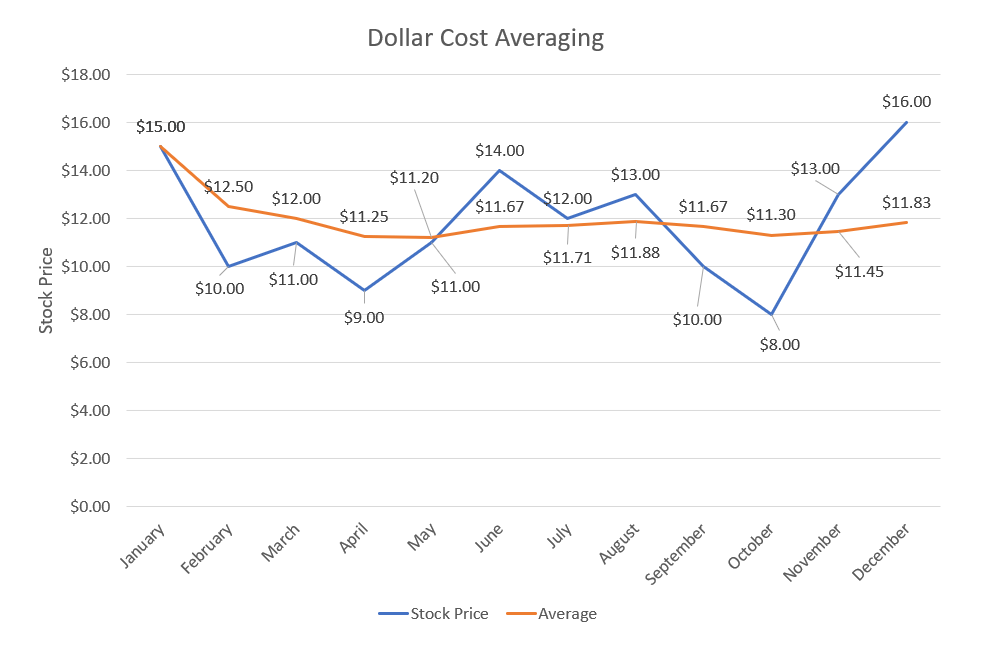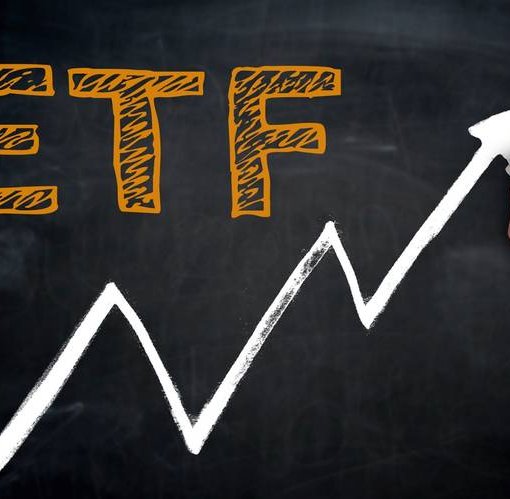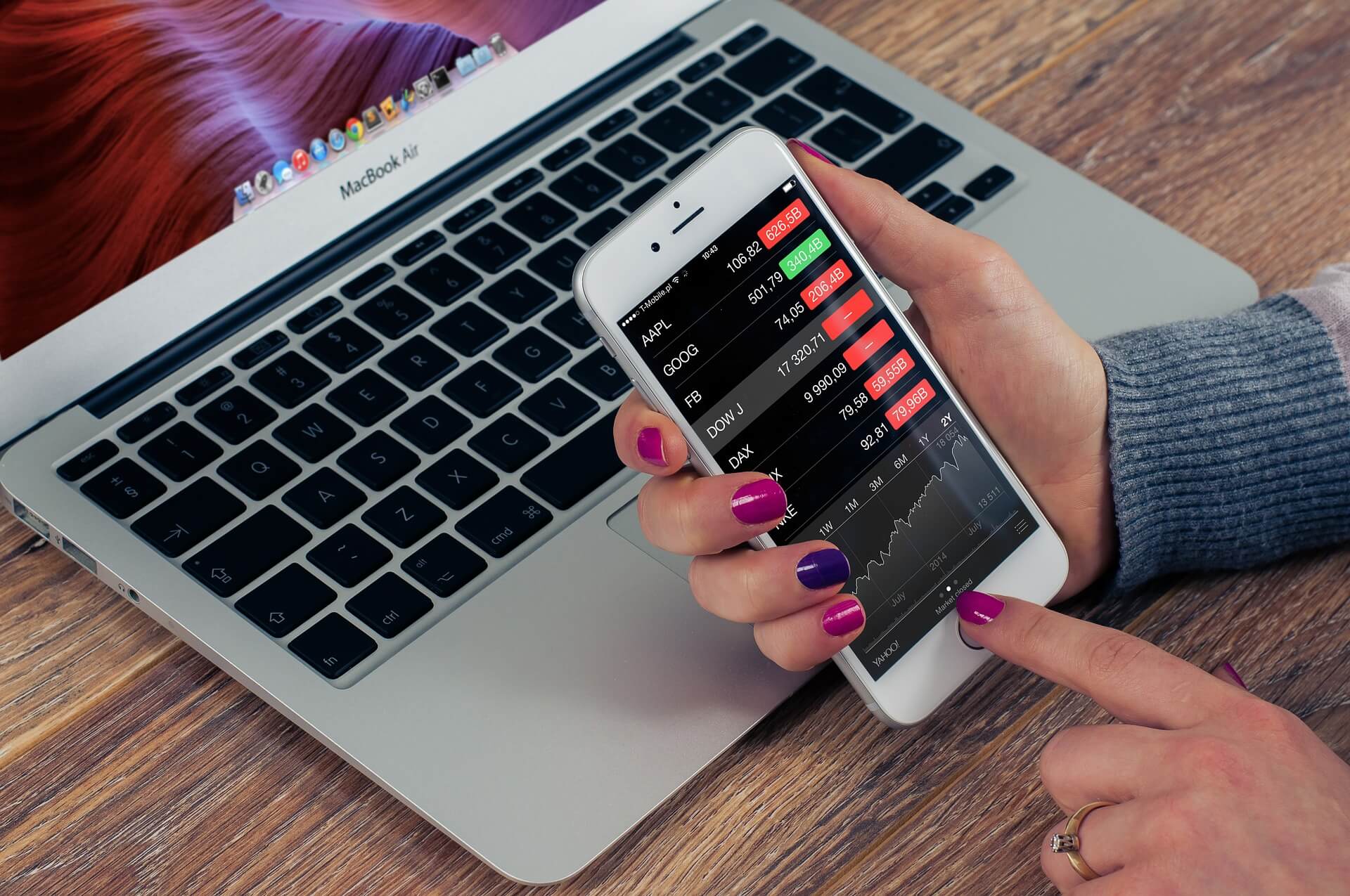Dollar Cost Averaging
Many fear the next recession and look to sell their investments before it happens. The problem with that is you never know when it’s coming. Investing in stocks, mutual funds, or other securities can be risky. However, dollar cost averaging can reduce the risk on smart investments (as in they have good metrics) by buying more when the market dips, rather than sell. This is why many financial advisors will teach this principle first to new investors.
What is Dollar Cost Averaging?
Dollar cost averaging is an investing strategy that involves consistently investing in a security, whether the price is up or down, and moving the average per share with each purchase. This is typically seen with retirement accounts, mutual funds, or dividend reinvestment strategies. This strategy give the investor a piece of mind by viewing a drop in share price as a buying opportunity rather than losing ground.
How Does Dollar Cost Averaging Work?
Dollar cost averaging works by buying shares of a security when the stock drops to lower the average cost per share. This highlights Warren Buffett’s mentality of buying when people are fearful. If you had purchased shares and soon after the stock drops 50%. Instead of selling and taking a big loss, you purchase shares to bring that average cost down. This way, when the stock returns back up to the original price, you’re actually up money, not down. Note, you can set up reoccurring investments on Robinhood.
Example of Dollar Cost Averaging
Let’s take a look how dollar cost averaging would work in the real world. Imagine you decide to buy one share of a stock each month for a year. The first month, the stock goes for $15 a share. Easy to follow, the average share price is $15. Now, the next month, the stock drops to $10 per share. You buy another share, but this time, the average share price is $12.50. You paid a total of $25 ($15+$10) and you have 2 shares. $25/2 =$12.50. If you follow the below chart, the next few months, the stock stays between $9 and $11. Then, in June, the stock jumps to $14. This is still under the initial $15, but the average cost per share at this point is $11.67. So, you are actually up $2.33 per share.

Dollar Cost Averaging Grows Wealth
There is a reason I tell my friends “it’s buying season” whenever the market takes a dip. History shows that even with a depression, the market will come back stronger than before. If you sold your investments in 2008 because you saw the market drop hard, you would have lost a lot of money. However, if you would have continued to buy, you would have much more wealth than you did before the crash.
Disclaimer
Once again, I am not a financial advisor. These tips are some things I have validated with my own personal experiences. If you feel you need more personal advice, please consult a professional financial advisor. Dont forget to check out the Book List for published authors on this topic!




